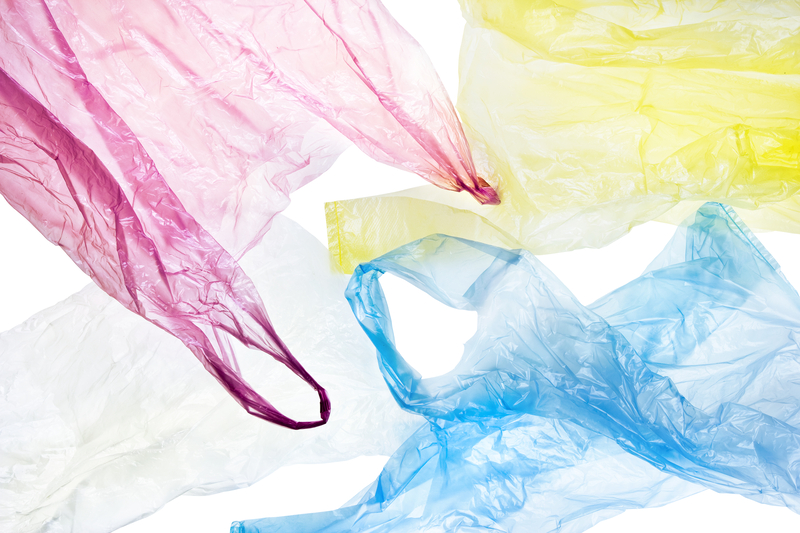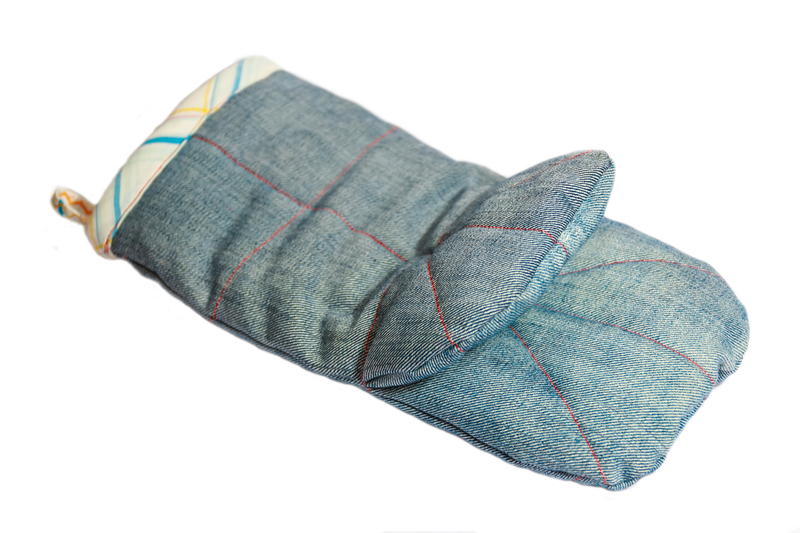The Minimalist Journey: Living with Intentional Simplicity
Minimalism isn't just a trend--it's a transformative approach to life that prioritizes meaning and clarity over excess and distraction. In today's world, the allure of simplicity has become a powerful counterforce to the noise of consumerism, social media, and overloaded calendars. Starting your minimalist journey can unlock peace, purpose, and profound satisfaction. This comprehensive guide will delve into living with intentional simplicity, offering practical advice, powerful insights, and actionable steps to cultivate a life that's rich in meaning, not clutter.
What is Minimalism? Defining the Concept
Minimalism is the art of simplifying your life to focus on what truly matters. It's less about deprivation, and more about intentional living. Minimalists intentionally remove excess possessions, obligations, and distractions, creating space for joy, creativity, and connection.
- Intentional Simplicity: Making conscious choices about what you allow into your life.
- Clutter-Free Spaces: Reducing physical and mental clutter to amplify peace and productivity.
- Pursuit of Meaning: Focusing energy on relationships, growth, and experiences rather than material possessions.
- Freedom from Consumerism: Letting go of the compulsion to constantly buy and upgrade, and instead being content with what you have.
The minimalist lifestyle is flexible and personal--there's no one-size-fits-all. Whether you seek to pare down your wardrobe, declutter your home, or cultivate mindfulness, minimalism invites you to remove what doesn't serve your deepest values.

Why Start a Minimalist Journey?
Adopting intentional simplicity can revolutionize your life in many ways. Here are some of the core benefits of embracing minimalism:
- Reduced Stress: A decluttered environment translates into a calmer, more focused mind.
- Financial Freedom: Less spending on nonessentials means more savings and less debt.
- Increased Productivity: Fewer distractions and a clear space enable more effective work and creativity.
- Environmental Impact: Consuming less helps reduce your ecological footprint.
- Enhanced Relationships: Instead of managing stuff, you create time for family, friends, and personal growth.
- Purposeful Living: Clarity of priorities results in a more purposeful and satisfying existence.
The Psychological Impact of Living Simply
Modern life can be overwhelming. Studies show that clutter increases cortisol, the stress hormone, and that constant digital interruption damages attention spans. Intentional living creates space for mindfulness, gratitude, and authentic connection--tools that bolster emotional and mental well-being.
How to Begin Your Minimalist Journey
Embarking on a minimalist journey is both challenging and liberating. Here's a step-by-step guide to living with intentional simplicity and creating a life aligned with your values:
1. Define Your "Why"
- Ask yourself: Why do I want to embrace minimalism?
- Set clear intentions--do you want to reduce stress, save money, improve focus, or pursue passion projects?
- Write your motivations down and revisit them whenever you need inspiration or clarity.
2. Assess Your Spaces
- Look around your home, office, and digital devices.
- Identify areas that are cluttered or overwhelming.
- Take photos to create a "before" record, helping you track your progress.
3. Start Small and Celebrate Progress
- Choose one space--your closet, kitchen, or even a single drawer.
- Declutter in focused sessions of 20-30 minutes to prevent burnout.
- Every item you let go of frees up energy and space. Celebrate these small wins!
4. Question Each Belonging
- Does this add value to my life? If not, consider donating, selling, or recycling it.
- Avoid keeping items "just in case."
- Repeat this process for every space and category over time.
5. Simplify Your Schedule
- Minimalism extends beyond things. Edit your calendar by removing non-essential commitments.
- Prioritize activities and relationships that truly resonate with your values.
- Learn to say "no" graciously to make space for rest and depth.
6. Go Digital
- Digital clutter can be as overwhelming as physical clutter.
- Unsubscribe from unnecessary emails. Organize files and photos into simple folders.
- Limit time on social media and cultivate a more mindful online presence.
7. Practice Mindful Consumption
- Pause before every purchase. Ask, "Do I really need this?"
- Invest in quality over quantity--and cherish what you already have.
- Adopt the "one in, one out" rule for new items.
Minimalism in Different Areas of Life
Minimalism can transform every dimension of your life. Here's how to embrace intentional simplicity in practical, holistic ways:
Minimalist Home
- Decluttered rooms foster peace and creativity. Use clean, open spaces and keep only what you love.
- Incorporate multi-purpose furniture and clever storage options.
- Natural light, plants, and a calm color palette enhance tranquility.
Minimalist Wardrobe
- Create a "capsule wardrobe" of versatile, high-quality pieces.
- Donate clothes you no longer wear; keep only those that fit, flatter, and make you feel confident.
- Choose neutral and complementary colors for easy outfit combinations.
Minimalist Relationships
- Cultivate connections with intention. Focus on relationships that are uplifting and authentic.
- Let go of toxic dynamics and draining commitments.
- Practice listening and being present, rather than spreading yourself thin.
Minimalist Mindset
- Mindfulness is key to minimalism. Practice gratitude for what you have instead of chasing more.
- Meditate or journal regularly to stay grounded in your values.
- Let go of the need for constant comparison and perfectionism.
Overcoming Challenges on the Minimalist Path
Embarking on a minimalist journey comes with obstacles--emotional attachments, fear of missing out, or family resistance. Here's how to navigate them:
Dealing with Emotional Attachments
- Recognize that memories are not tied to objects. Keep photographs or write stories about sentimental items before letting them go.
- Allow yourself to value experience over possession.
Addressing Fear of Missing Out (FOMO)
- Remind yourself of your "why"--the peace and focus you gain.
- Create a gratitude practice to shift your focus from lack to abundance.
Navigating Family and Social Expectations
- Communicate your goals with empathy. Encourage, but don't force, others to join your journey.
- Set boundaries kindly and stay true to your intentions.
- Remember, minimalism is about your relationship with life, not other people's approval.
Intentional Simplicity: More than Just Decluttering
While cleaning out your closet is a great start, living with intentional simplicity means reevaluating every area of life--finances, commitments, digital presence, even your thoughts. Ask yourself regularly:
- Does this align with my highest values?
- Am I saying "yes" out of obligation or genuine desire?
- How can I design my life to serve my true purpose?
Minimalism is about creating a life that feels full, rather than filled. By choosing less, you gain more focus, serenity, and fulfillment.
The Minimalist Journey Is Ongoing
Minimalism is not a finish line--it's a continual process of realignment and discovery. Life will naturally accumulate new possessions, commitments, and distractions. But now, with the principles of intentional simplicity, you have tools to reclaim your space, your time, and your joy any time you need.
Maintaining Minimalism for the Long Term
- Do seasonal or quarterly declutters to prevent build-up.
- Pay attention to your buying habits and resist impulse purchases.
- Regularly assess your commitments and adjust as your goals evolve.
- Stay inspired by reading books, blogs, and stories about minimalism.
Real-Life Examples: Minimalism in Action
- The Digital Nomad: By choosing to travel with a single backpack, this minimalist enjoys freedom, adventure, and an uncluttered routine based on experience, not possessions.
- The Downsizer: After retiring, she moved from a large house to a tiny apartment. Focusing on quality over quantity, she found more time and deeper happiness in community and hobbies.
- The Family Minimalists: With children, this family incorporates decluttering days, community involvement, and digital minimalism to build strong bonds and instill essential values.
Every journey is unique. Minimalism is not about deprivation; it's about living richly with less--and finding what makes life truly meaningful for you.

Minimalist Resources and Further Reading
- Books:
- "The Life-Changing Magic of Tidying Up" by Marie Kondo
- "Essentialism: The Disciplined Pursuit of Less" by Greg McKeown
- "Goodbye, Things" by Fumio Sasaki
- Documentaries:
- Minimalism: A Documentary About the Important Things
- Websites & Blogs:
- Becoming Minimalist
- The Minimalists
- No Sidebar
Conclusion: Rediscovering Purpose and Freedom Through Minimalism
The minimalist journey is an invitation to trade the pursuit of "more" for the joy of "enough." Living with intentional simplicity lets you reclaim your time, energy, and dreams--making room for what truly matters.
Start with a single step. Let go, make space, and choose your life intentionally. Your path to simplicity is transformative, rewarding, and uniquely yours. In a world that never stops demanding more, choosing less can be the boldest and most empowering decision you ever make.